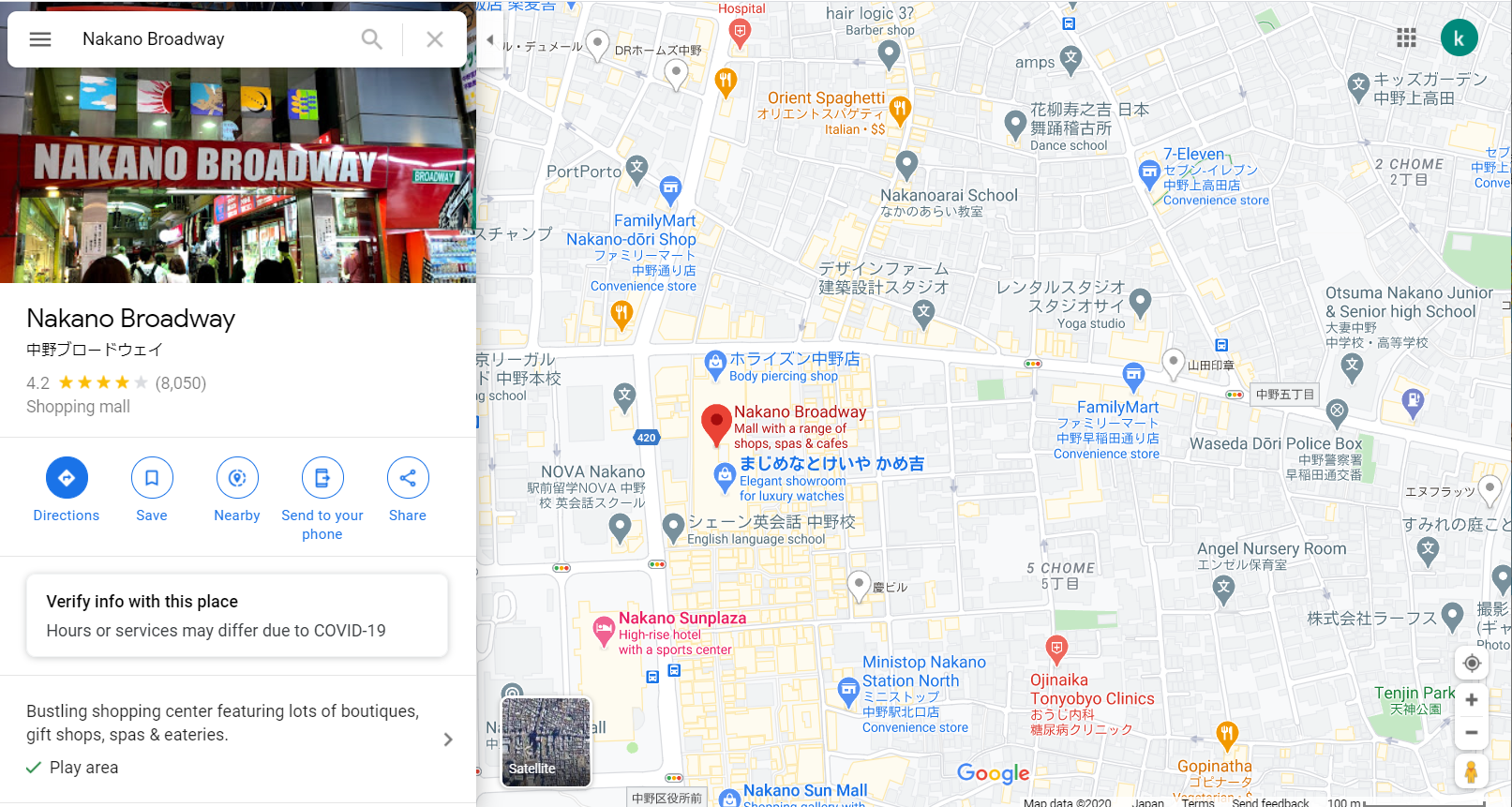Hi hi! Jess again!
I have always been in love with any sort of artisanry (see my thoughts on Nakagawa Masashichi Shoten), and the art of designing and creating clothing is no exception, especially when it comes to traditional dress. I love to see how different cultures around the world have historically approached clothing and its role in human society. Whether it’s sacred, symbolic and steeped in meaning, simply someone having fun playing with personal fashion, or the product of artistic expression in a physical (and wearable) medium, I find it all wonderful and inspiring.
You may be pretty familiar with kimono, at least in name, and perhaps you already have a good idea of what one looks like. But the world of kimono is a wonderfully deep and detailed—May I say layered? Sorry—part of the Japanese culture, and it’s one of my favorite things to learn and daydream about.
 My personal casual kimono Pinterest board!
My personal casual kimono Pinterest board!
I always want to give the disclaimer that while I’m passionate about kimono, I’m by no means an expert in knowledge or execution. Still, I do have a couple of opinions, and I also want to spread the love (and terminology) to the rest of the world with what little sphere of influence I have.
So what is a kimono, and what is not?
ACCESS
